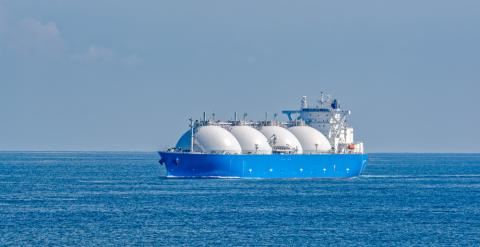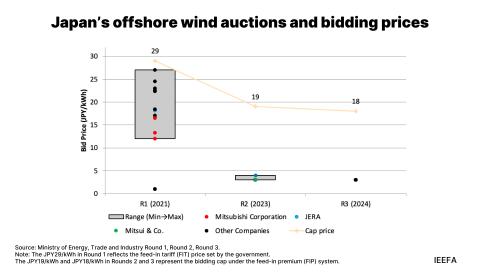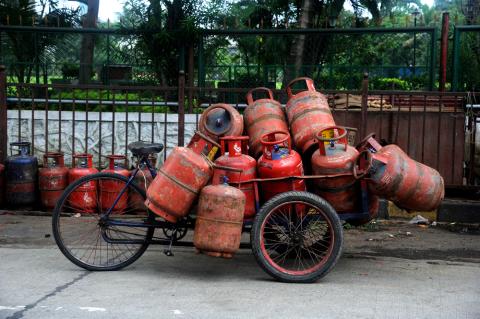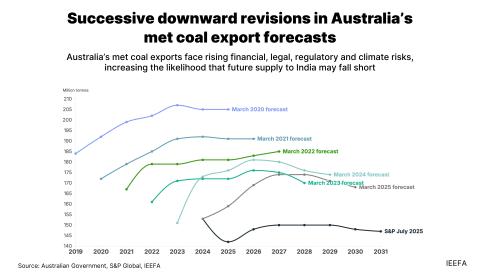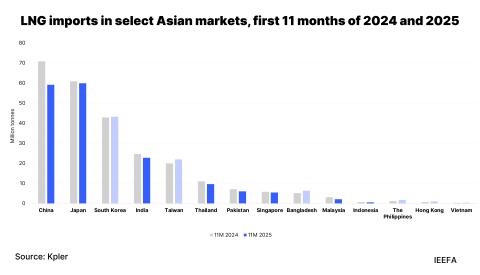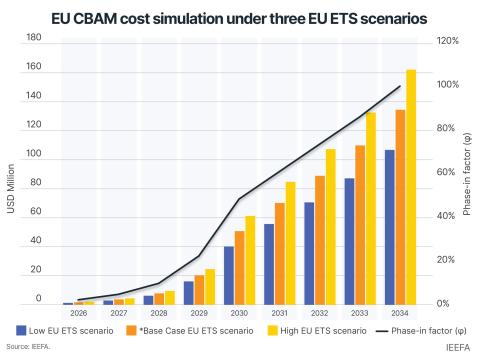A move into Australian coal mining doesn’t change long-term outlook for Thungela

Key Findings
A move by South Africa’s Thungela Resources to diversify into the Australian thermal coal export market with its purchase of the Ensham mine is unlikely to change its long-term fiscal outlook.
The purchase of Ensham comes at a time when the impacts of climate change and labour shortages resulted in a 10-year low in Australia’s thermal coal exports in 2022, and just as Australia’s major export markets are projected to go into decline in the next two years.
Demand from developing markets in Asia will not be enough to compensate for declining imports in established markets and should be a reality check for Thungela.
Cashed up from the record coal prices that resulted from the war in Ukraine, Thungela Resources has splashed out on a thermal coal mine in Australia.
Thungela’s subsidiary Sungela will purchase an 85% stake in the Ensham mine in the state of Queensland from Japan’s Idemitsu Kosan for R4.1 billion (US$230 million), a move that helps diversify the company’s holdings and reliance on South African export infrastructure.
Transnet’s freight rail woes saw coal exports out of Richards Bay Coal Terminal hit a 29-year low in 2022.
However, this move won’t change the long-term outlook for Thungela.
Australia had its own coal logistics issues in 2022 that saw thermal coal exports drop to a 10-year low. This was largely related to wet weather and flooding, which impacted rail transport and pushed up per tonne costs for Australian miners.
Miners operating in Australia should get used to this disruption; a changing climate – caused to a large extent by burning coal – looks set to make such extreme weather events and logistics issues more frequent.
Australia’s key thermal coal export markets are about to go into decline.
Beyond this, Australia’s key thermal coal export markets are about to go into decline.
The great majority of Australia’s thermal coal exports go to Japan, South Korea and Taiwan. In its latest quarterly Resources and Energy report, the Australian government’s Office of the Chief Economist (OCE) forecasts that thermal coal imports by all three destinations will go into decline over the next two years.
The OCE notes that Japan’s intention to reopen more nuclear reactors following the spike in coal and LNG prices following the invasion of Ukraine could see the pace of coal import decline accelerate after 2024.
Japan – Australia’s largest thermal coal export destination – is also aiming to install 10 gigawatts (GW) of offshore wind power by 2030 and up to 45GW by 2040, which would make a large dent in its coal demand. The nation’s first commercial offshore wind plant started operating last month.
The OCE also notes that Taiwan’s imports “are passing their peak” and that South Korea’s imports are “on a downward trajectory over the long term”.
This ought to be a reality check for Thungela, which has stated that the Ensham mine acquisition “will provide Thungela with access to the Japanese and other Asian markets, where demand remains strong”.
This ought to be a reality check for Thungela, which has stated that the Ensham mine acquisition “will provide Thungela with access to the Japanese and other Asian markets, where demand remains strong”.
The apparent end of China’s ban on Australian coal imports is unlikely to do much for miners exporting out of New South Wales or Queensland – the two coal exporting Australian states.
Moreover, it is now a question of how long the world’s largest coal consumer will import coal at all as it drives towards energy self-sufficiency. China produced a record 4.5 billion tonnes of coal domestically in 2022, up 9% on the previous year. Production is expected to increase again in 2023 as a further 260 million tonnes of new mining capacity was approved last year.
2022 was also another record year for Chinese renewable energy installation with additions of 125GW of solar and wind power. 160GW is targeted for 2023.
Europe increased imports of coal from South Africa last year as the global fossil fuel crisis caused by Russia’s invasion of Ukraine bit, but it seems clear to the likes of the International Energy Agency that the crisis will accelerate the transition away from coal and gas.
Thungela CEO July Ndlovu stated this month that emerging markets will want coal for decades but even here the outlook for thermal coal exporters is dimming.
South Africa’s high reliance on India as an export destination continues to look risky in the longer term as it is also boosting domestic coal production and continuing to roll out renewables to improve its energy security problem.
Pakistan – South Africa’s number two export destination – slumped to a five-year low last year due to high prices and an ongoing switch to domestic coal. Pakistan has now decided to reduce reliance on imported fossil fuels and will not build any more power plants that depend on imported coal.
Vietnam has long been identified as a significant new potential market by Australian exporters but it is reducing its coal power expansion plans once again, cutting coal power projects by a further 7GW, which will see coal imports peak sooner than previously thought.
In addition, the OCE notes that the newer Vietnamese plants are being configured for lower-energy Indonesian coal, not Australian, and that coal plant construction in Thailand has “largely come to a halt”.
Malaysia’s largest power provider, Tenaga Nasional Berhad (TNB), announced plans in August 2022 to accelerate the closure of some of its coal-fired power plants to speed up its energy transition. TNB is targeting a 50% reduction in coal-fired power capacity by 2035 and zero carbon emissions by 2050.
There will be some rise in coal consumption in developing Asia as power projects under construction are completed but this won’t be enough to compensate for declining imports into established markets.
There will be some rise in coal consumption in developing Asia as power projects under construction are completed but this won’t be enough to compensate for declining imports into established markets like China, Japan, South Korea and Taiwan.
At the recent Mining Indaba in Cape Town, Ndlovu said, “I have no doubt in my mind that coal is here to stay for a lot longer than most people predict.”
The reality is that the accelerating global shift to renewable energy is becoming a classic case study on how technology transitions always happen faster than expected.



